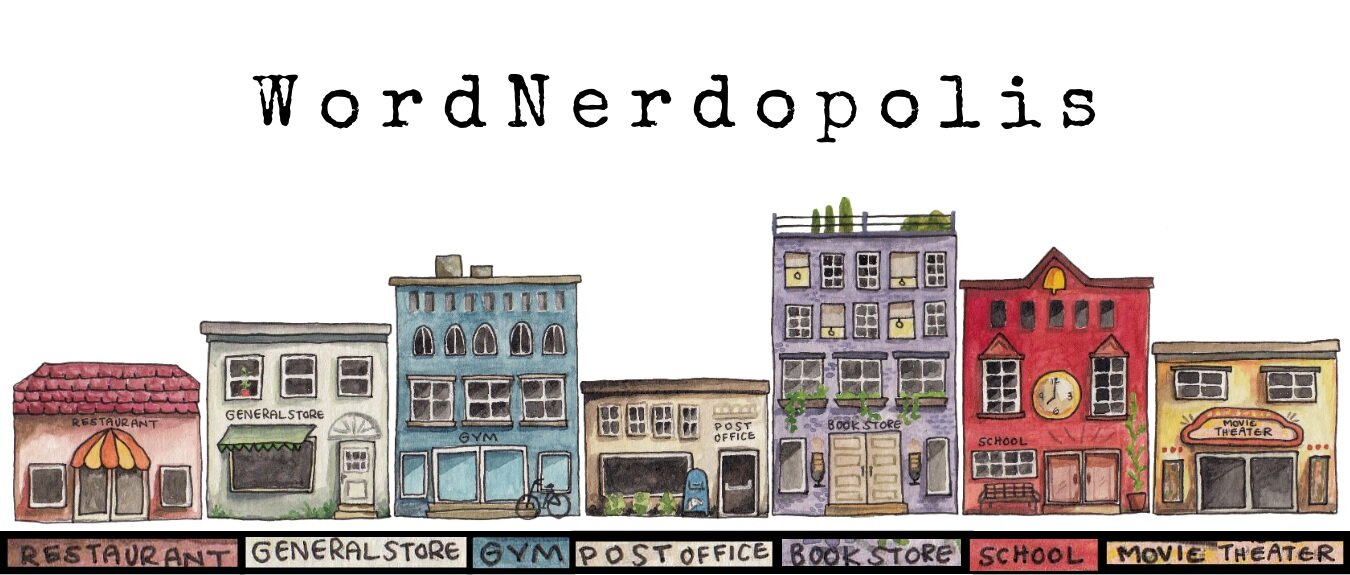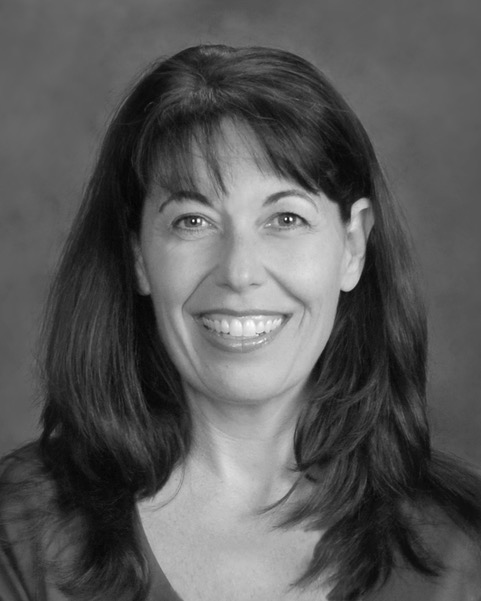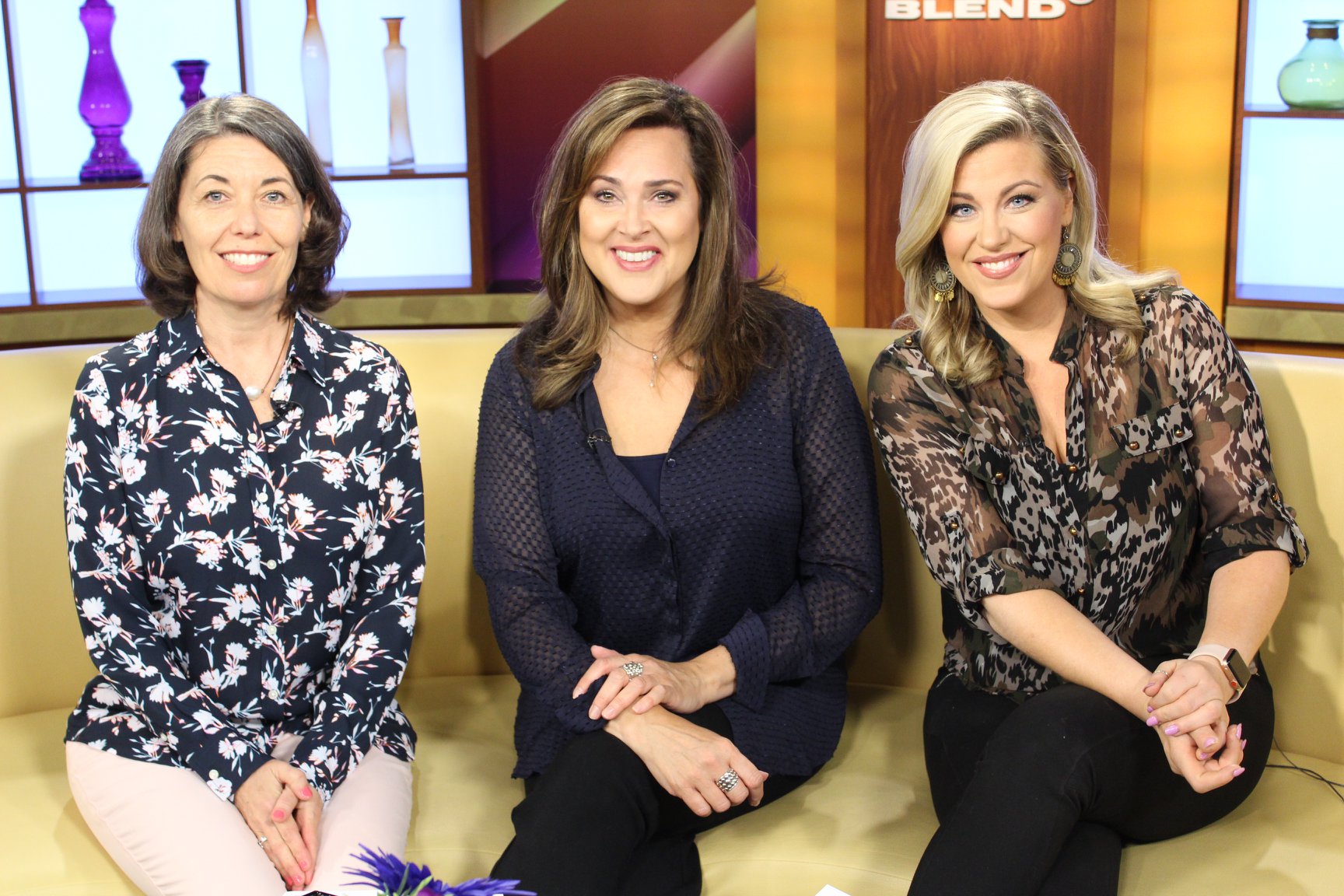Beta Readers
Today’s blog post from Constance Malloy is all about beta-readers. I find this so ironically fitting because last week I put out a call for a last minute guest post because I was too busy to write my own post. Why? Because I am putting the final touches on a manuscript so that I can send it to my own pool of trusted readers before the final draft! Stay tuned for more information about this project soon!
But before we continue, what exactly is a beta-reader?
A beta-reader is kind of like a practice audience for an author. Keep reading to learn more and see how one author uses this process to ensure her work is the best it can be.
Since publishing my memoir Tornado Dreams, I have been asked many questions by people who want to write a book. Many of those questions have focused on the topic of readers. Did you have readers? How many did you have? How did you go about selecting them? What did they need to know to help you? Did having readers help or hinder the process?
These are important questions to ask, since having one’s work read by others prior to submitting is so vital to a writer’s success. That statement implies my answer to the first question, so let’s dive in.
Did I have readers?
Yes, I had readers.
How many readers did I have, and how did I select them?
I had a total of 9 readers, whom I methodically chose, and whom I knew to be well read people. Six of them, I asked to spend a year with my manuscript and me. (I’ll get to how I proposed that in a moment). These are the 6, and why I chose them.
A child psychologist: since my memoir focuses on surviving childhood trauma, I wanted someone able to comment on the trajectory of my recovery as I represented it in my book.
An avid reader of memoirs: I wanted someone who could compare, both positively and negatively, my memoir to the many others she had read.
An avid, and only, reader of science fiction: I thought if I could keep him turning the pages, I was onto something.
A Ph.D. in Literature: my memoir has a strong literary narrative, and I wanted a keen eye paying close attention to the allusions and themes I presented throughout my writing.
A mother-of-five: this was my reader whom I talked with about family dynamics.
A sensitive-and-somewhat-unaware-of-what-it-takes-to-overcome-trauma friend: she was there to say, this does, or doesn’t, make sense to me. In one way, she and reader 3 represented my everyman and everywoman readers.
What I wanted my readers to know:
They could feel comfortable in saying, “No, I can’t commit to this at this time.” I made it clear I fully understood what I was asking of them in terms of the time commitment, and I did not want them to hesitate in telling me that this was something they could not do.
What exactly I was asking them to commit to. I laid out clear expectations of what the project required of them. I would send new writing every 4 weeks, and I asked that they had their comments back to me within two weeks; and, I promised to never send more than 25 pages at a time. (This was a commitment to myself as much as it was to them.)
What exactly I wanted from them as a reader. I asked them to read for understanding, continuity, ease of scene transitions, and most importantly, to find any place where I began pontificating in my prose. I am a former teacher, and lecturing comes quite naturally to me.
However, there was a BIG question that superseded all the others: Do you want to turn the page?
If, at anytime, they found a scene, or a moment, that bored them or made them not care, I wanted to know. I wanted a forward driving energy to my narrative (who doesn’t?), and I wanted my readers to feel compelled to turn page after page after page. All of Part I of my memoir is difficult (due to content) to read, so it was paramount that the writing kept readers interested.
How I would make the job of being my reader easy and accessible. I met each one of my readers where they lived. Some wanted to receive my writing via hard copy, some wanted me to send it in a pdf. Some wanted to share their comments over the phone, some over lunch, and some just wanted to return the copy to me with their comments included. Whatever worked for them, I made work for me.
Once the manuscript was finished, I had a sit down conversation with each reader so they could share their overall thoughts on the book.
After 10 rewrites, I brought in my final 3 readers. Between each reader, I did another rewrite.
Someone whom I had recently met, who didn’t know my story, but who had a background in social work, and was well read: This person came to the manuscript all at once: beginning to end. I put before her the same questions I did my other readers. Since her reading experience was fluid, her comments were invaluable at that time.
Reader 4 from above: She was the only reader who read the manuscript in sections and as completed work. She also acted as my first editor. She was able to comment on the evolution of the manuscript.
Final Editor: Fortunately, for me, my husband is a professional writer and editor, and we don’t fight over his critiques. I value them, and him, greatly. Having said that, this was a nerve-racking experience. My husband knows my story, but it was an altogether different experience having him read and edit it.
Did it (having readers) help or hinder the process?
Tornado Dreams is a better book, and I am a better writer, and person, because of these 9 peoples’ time, care, and input. Readers make all the difference in the world!
I’ll leave you with these final thoughts. I fully enjoyed thinking about the people I wanted to take on this journey with me. And, I believe, that my desire to write the best book I could made me open to receiving, and, most importantly, them comfortable with giving, honest, thoughtful feedback. Your readers become part of your story. Invite them in with a smile and a ready ear!
Tornado Dreams
In this unflinching memoir, Constance Malloy delivers a gripping story of suffering and redemption. Tormented by a manipulative, narcissistic father and a loving but delusional mother, young Constance fights to be seen or become invisible, depending on the scenario she's forced to endure. From this unpredictable and emotionally unstable childhood, where her fears are amplified by incessant dreams of natural disaster and violence, to the challenges of her young adult life, Constance manages to keep moving forward with remarkable optimism and strength. Her commitment to therapy and her desire to get well turn the momentum of the narrative toward healing. For survivors of childhood trauma or any reader seeking to restore emotional health, Tornado Dreams is a captivating tale of survival, perseverance, and, ultimately, personal triumph.
Constance, a Gemini, has always been split between two passions: dancing and writing. After a long and rewarding career in dance, she retired in 2011 to raise her daughter and to begin a writing career. She lives in Milwaukee, WI with her husband and daughter. Constance is pictured below during her interview on The Morning Blend.
** If you liked what you read on my blog today (or are in search of weekly word nerd goodness) and would like to have it delivered to your inbox every Wednesday morning, you can sign up HERE. As always, feel free to share this post with others you think might be interested via email, Facebook or Pinterest. **




